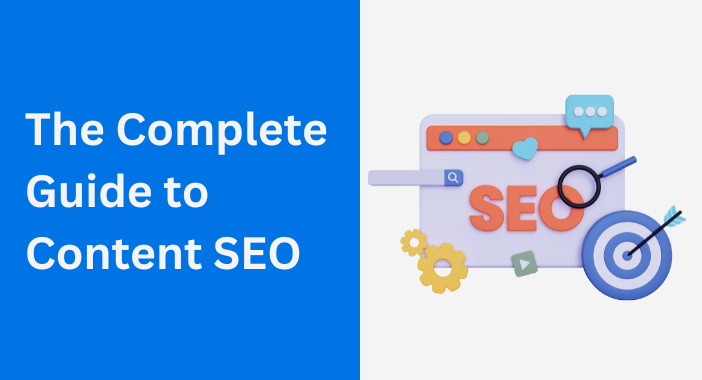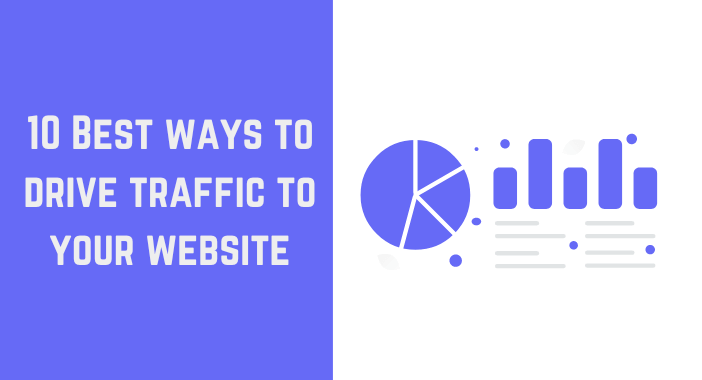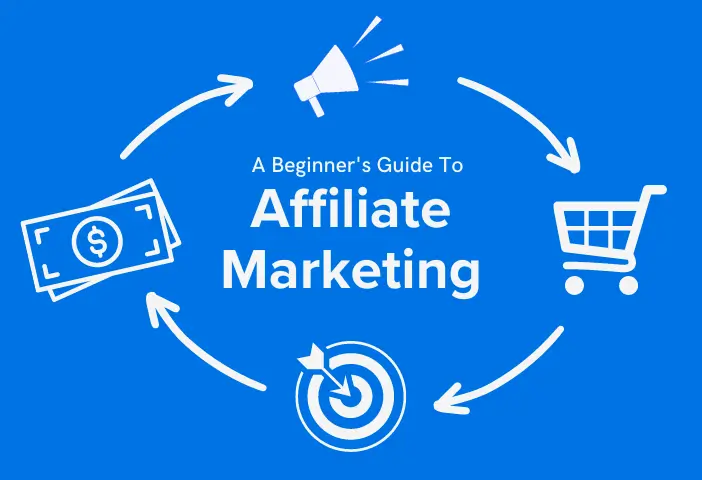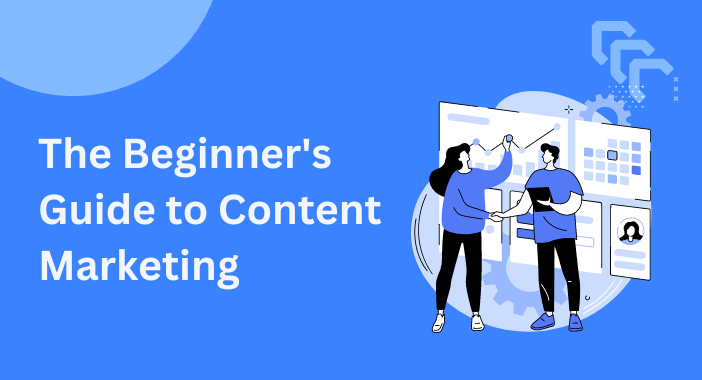Creating good quality and SEO-optimized content is important to improve your rankings and drive more traffic. That’s what Content SEO can help you with. In this guide, we will explore why Content SEO is important, its main goals, and how to implement it.

Let’s explore Content SEO, why it matters, and how it can improve your online presence.
What Is Content SEO
Content SEO involves using content to help your site get better rankings in search engines like Google.
This content is everything on your website like articles and blog posts and it may include visual media like videos, images, and more.
Why Content SEO is important?
- Most of the website traffic comes from search engines which means you have to win the game off content SEO to get more traffic to your website.
- While getting traffic is a purpose for raising brand awareness, and generating sales or leads. Content SEO can help you in every content marketing strategy.
- Content SEO is cost-effective which means you don’t have to invest much money in it, you can write the content yourself or you can pay a freelancer for this job for a bit of money.
The main goals of Content SEO
Here are the main goals that content SEO can help with:
- Content SEO helps your website Rank well in search engines for particular keywords.
- Attract more potential customers and users by increasing website traffic through organic search.
- Capture interested audiences and generate more conversions and sales by targeting relevant and high-intent keywords.
- Enhance website credibility and authority in the eyes of search engines by building backlinks from authoritative and reputable sources.
Getting Started with Content SEO
Now that you understand what Content SEO is, why it’s important, and its main goals, let’s progress and delve into the process of content SEO.
We will explore how to implement it and the key steps involved in this practice.
Create relevant content
The first step of Content SEO is to create relevant content, creating relevant content is crucial because otherwise, you might end up investing significant resources in optimization without generating content that appeals to your audience.
The process of creating high-quality relevant content involves identifying and optimizing keywords, considering search intent, and additional steps that we will explain in the following but first, it should meet the buying cycle.
The buying cycle, also known as the buyer’s journey, is the process that your customers go through when making a purchase.
It consists of three main stages: Awareness, consideration, and decision. and it’s important to create content that keeps the customer moving from one stage to the next.
Keyword Research
You are probably aware of keywords and their importance to SEO. But what exactly are they, and how can you use them to your benefit?
What Is Keyword Research?
Keyword research refers to the process of finding particular keywords and phrases that your website should rank for.
Understanding what your target audience is looking for is one of the most important factors in driving organic traffic to your website.
Why Is Keyword Research Important?
Keyword research is important because it identifies which keywords your audience is searching for information about, products, answers to, etc.
It is essential to your content strategy that both you and your audience are using the same keywords.
Good keyword research is what allows your content to function for you and makes all the work of optimizing your site worth it.
Heads or Tails?
Keywords are not always one word. Some are multi-word keywords. In some cases, keywords can be key phrases.
There are two main types of keywords:
- Head keywords are usually composed of one or two words and are harder to rank for as they are usually more general terms.
- Long-tail keywords are usually composed of 3 to 4 words that are more specific and therefore less competitive and easier to rank for.
While some keywords are broad and therefore more competitive, others are longer and more specific. This makes them easier to rank because fewer people are using them in their content.
You’re likely to focus on a few generic, short-form keywords and many more long-form keywords. Because there’s less competition, ranking for long-form keywords is easier.
You may also find it more convenient to focus on a particular search intent using a long-form keyword.
Focusing on a niche is the best way to discover high-quality long-tail keywords you can rank for. Niching down involves focusing on a very narrow segment of your market.
You can rank higher by targeting your content to that very specific group with those long-tail keywords.
By writing high-quality content about a very niche topic, you can beat out even the largest competitors for those long-tail terms.
How Many Keywords Should You Have?
Even the smallest business may find more than a hundred relevant keywords. You are not required to produce content for each of them all at once.
In your first pieces of content, focus on the keywords you want to rank for first. As you write more content, you can gradually add the rest.
Search Intent
One of the things that search engines are paying more attention to is the purpose of the query. What does the user want to know when typing in your keywords?
There are four types of search intent:
- Informational intent: User’s trying to find answers to particular questions about a specific topic.
- Transactional intent: The user is looking to make a purchase.
- Commercial intent: Thinking of purchasing shortly, the user is doing research and gathering information.
- Navigational intent: The user knows the specific website they want to visit but rather than entering the specific address, they enter the name into the search engine.
Knowing the intent of your visitors’ searches will greatly improve your ability to create the content they’re looking for.
Within each of these four broad user intent categories, there is a wide range of variations in exactly what the user is searching for.
In addition, search engines also make assumptions about what users are searching for.
Keep in mind that the web is a global network. Sometimes it’s necessary to consider that a user’s search query is not as simple as it may seem.
Search Engine Results Pages (SERPs)
Search engine results pages (SERPs) are a direct result of what users are searching for. By searching for the keyword and looking at the SERPs, you can get a better understanding of what people are searching for when they are using your keywords.
Keyword optimization
Keyword optimization is important for content SEO and it’s simply the process of how to place your keywords in content effectively, and this content includes titles, meta descriptions, URLs, and more.
Let’s begin with the Title Tag, which appears in Google’s search results. The title holds significant importance and should include your primary keyword.
It’s essential to note that the title tag differs from the heading, a point that often confuses. You can craft a title tag using an SEO plugin such as Yoast.
URLs play a crucial role in keyword optimization and are essentially the web page’s address. It’s important to ensure that the URL includes the primary keyword for effective content SEO, such as www.mywebsite.com/primary-Keyword.
This can be achieved by setting the page address as permalinks rather than using numerical or character-based formats like www.mywebsite.com/123.
One more important aspect is the Meta Description. the description that appears below the title tag on the Google search results page also needs to include the primary keyword and it’s recommended to be between 50 and 160 characters according to Moz.
To effectively optimize keywords, it’s important to incorporate the primary keyword and related keywords into the main content, headings, and image alternative text.
Additionally, don’t forget to integrate both internal and external links within your content.
Content Strategy
Creating content for your website can be challenging if you are not a writer or need clarification on what to write. This is where Content Strategy becomes essential.
As mentioned earlier, various types of content can be created to serve different user intents. These may include informational, commercial, transactional, or navigational content, which should be aligned with the topic being addressed and consider each buying cycle stage.
Now, let’s establish the content creation process, which comprises three key stages: prewriting, writing, and editing.
The Prewriting stage lies in everything you do before creating your first draft. This includes finding ideas, searching for keywords, and planning your content.
The second stage of the content creation process for content SEO is Writing. And this includes writing your first draft.
The final and most important stage is Editing. During this phase, you review the created content to enhance it, ultimately transforming it into good content. It’s important not to interrupt this process to tailor your content to high-quality standards.






